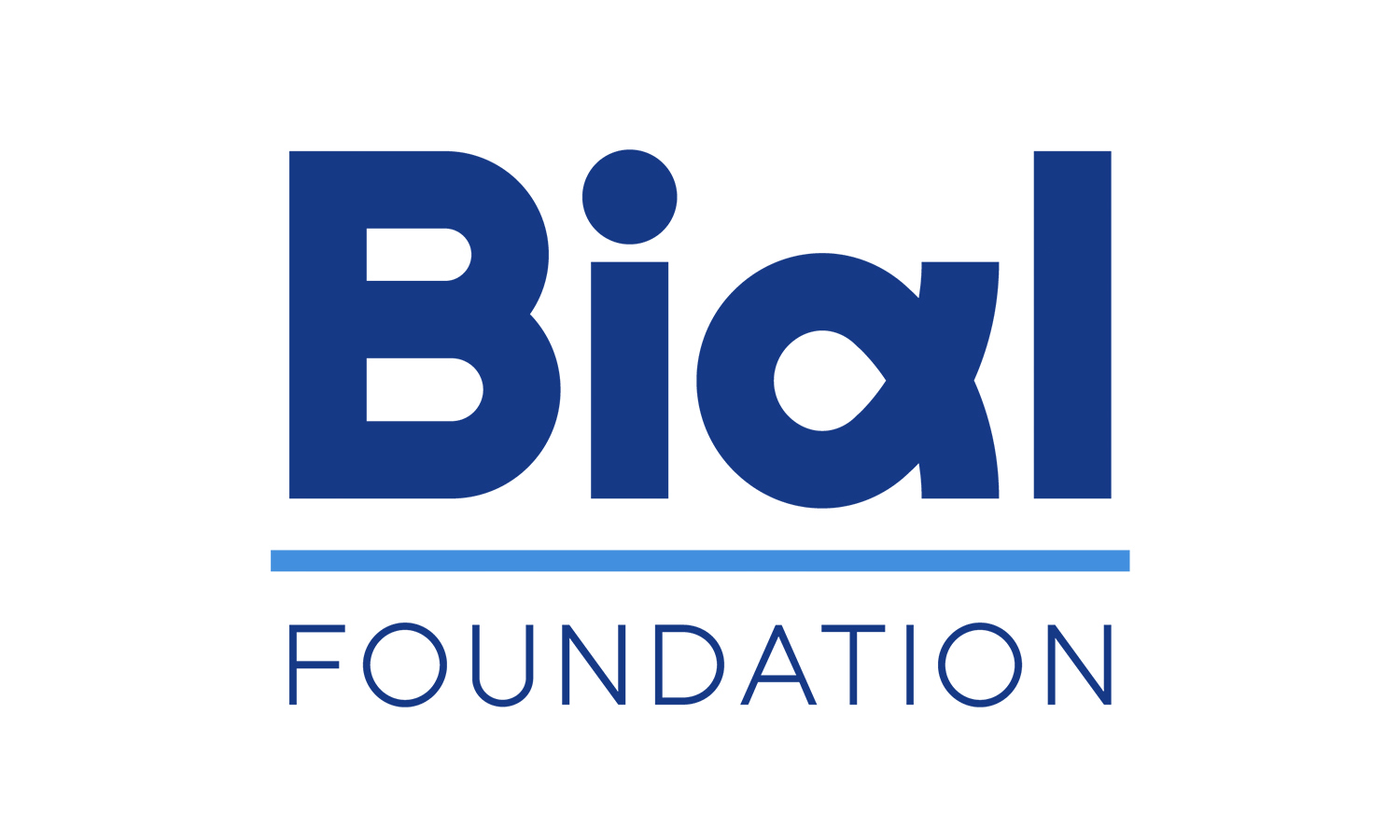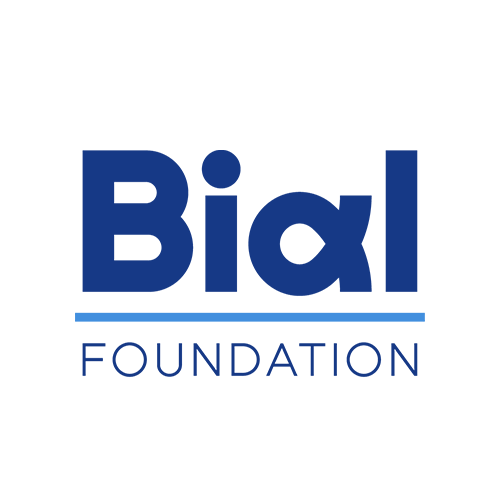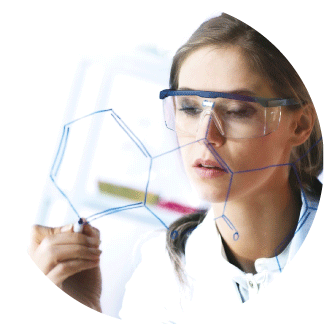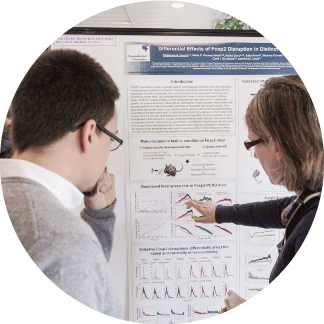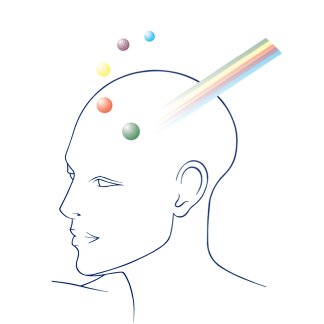News
Top Stories

Dream and daydream: differences and similarities
Did you know that daydreams reflect events from the previous two days and “night” dreams resemble a fictional plot?

Does your dog have social skills?
A study suggests that viewing the owner’s face works as a positive social reinforcement for dogs. Learn more about this and other surprising results about “man’s best friend”.
News
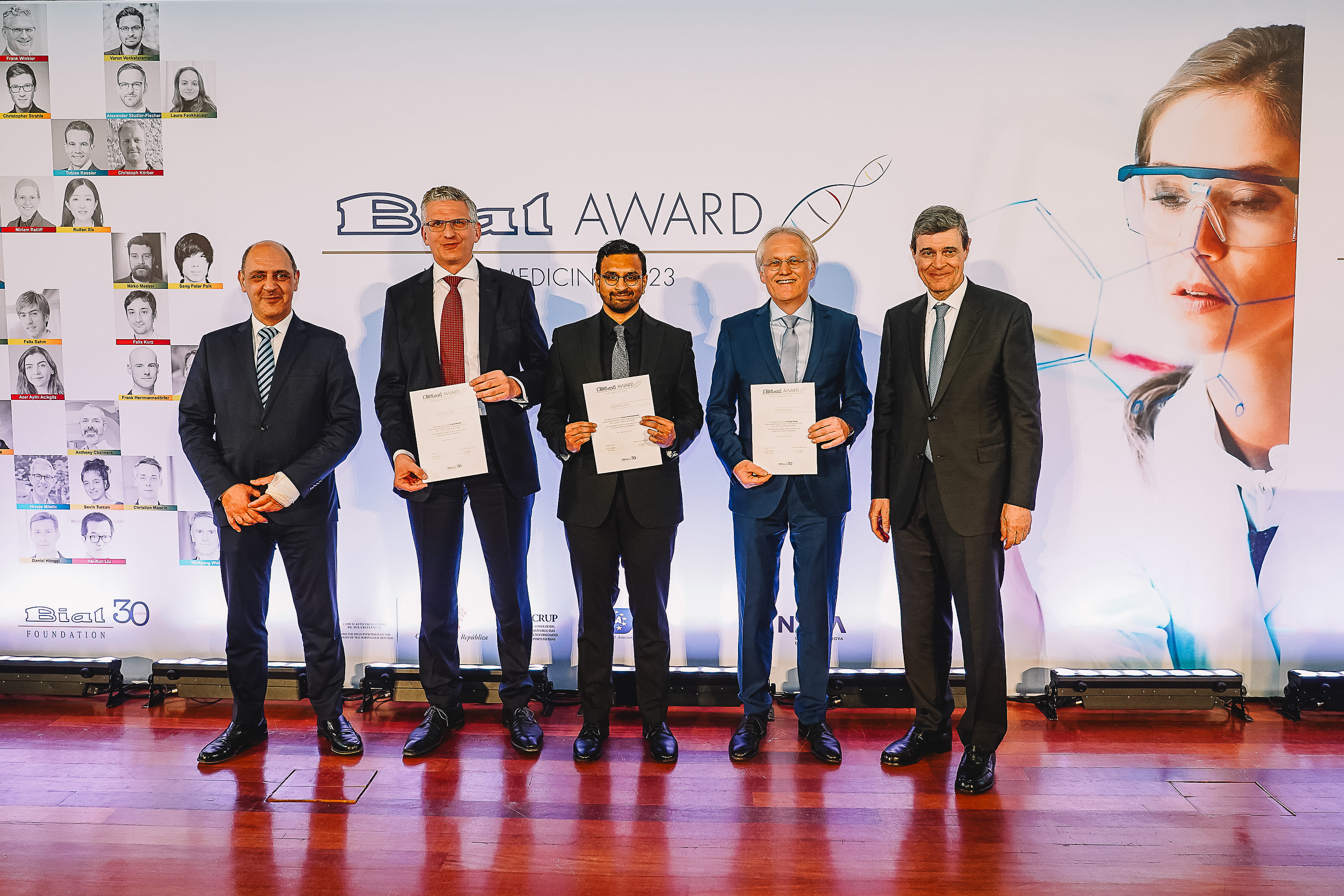
BIAL Award in Biomedicine 2023 distinguishes pioneering research in brain cancer
A team led by researchers from the University of Heidelberg in Germany, won the BIAL Award in Biomedicine with a work focused on cancer neuroscience.

President of the Republic honours the BIAL Foundation on its 30th anniversary
On 20th February, the President of the Republic conferred the insignia of Honorary Member of the Order of Merit upon the BIAL Foundation.
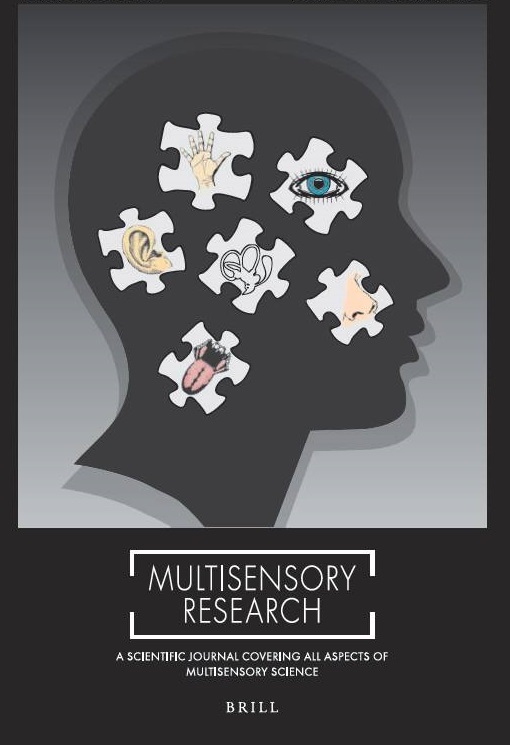
The influence of environmental spatial references on vestibular self-motion
While navigating through the surroundings, we constantly rely on inertial vestibular signals for self-motion along with visual and acoustic spatial references from the environment. However, the interaction between inertial cues and environmental spatial references is not yet fully understood. To address this, Elisa Ferrè, principal investigator of research project 41/20 - Luminous dancing fairies in weightlessness: How gravity shapes conscious experiences, supported by the BIAL Foundation, aimed to investigate the influence of environmental visual and auditory spatial references on vestibular self-motion. A Vestibular Self-Motion Detection Task was administered to twenty-six healthy participants in which they were asked to detect brief self-motion sensations induced by low-intensity Galvanic Vestibular Stimulation (GVS). Participants performed this task either with or without a visual or acoustic spatial reference positioned directly in front of them. Results showed that the visual spatial reference increased sensitivity to detect vestibular self-motion. Conversely, the acoustic spatial reference did not influence self-motion sensitivity. This seems to suggest a specific interaction between visual and vestibular systems in self-motion perception. More information available in the paper Spatial Sensory References for Vestibular Self-Motion Perception published in the journal Multisensory Research.

